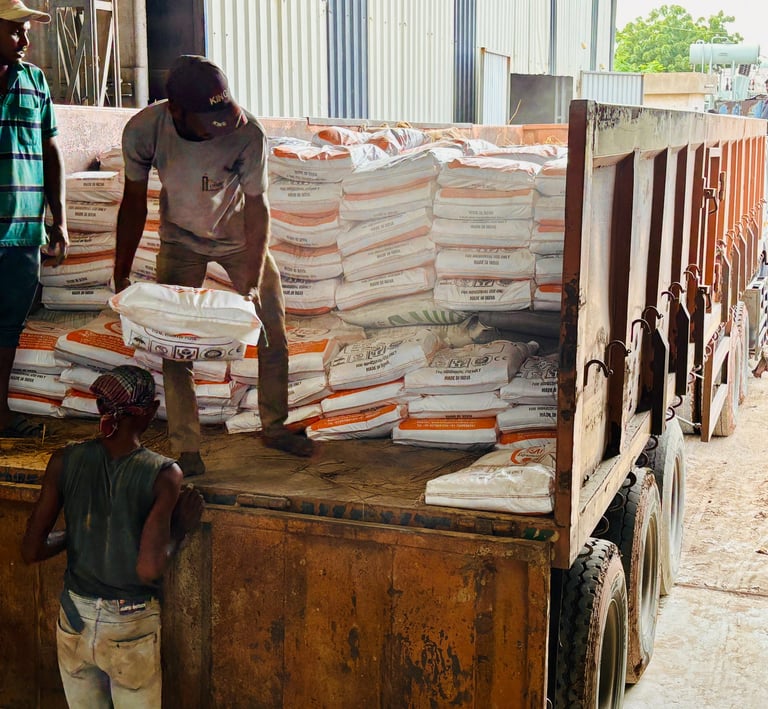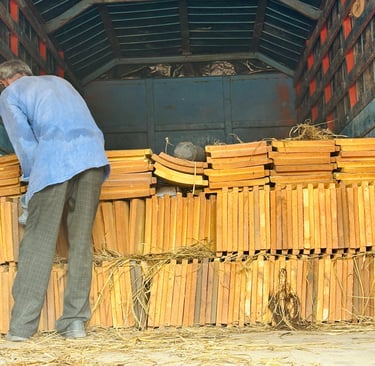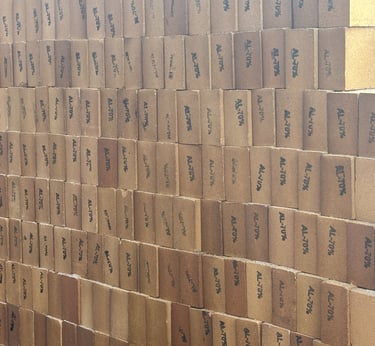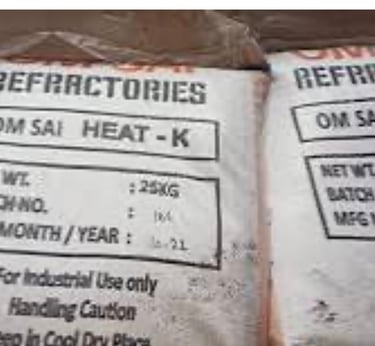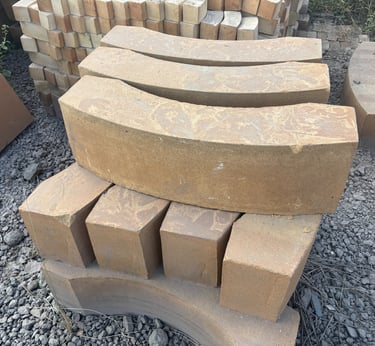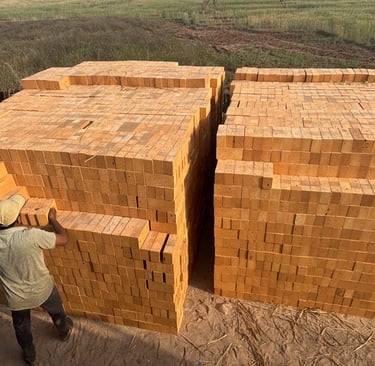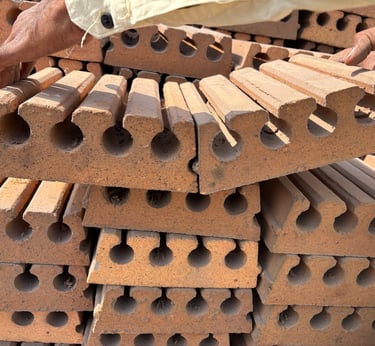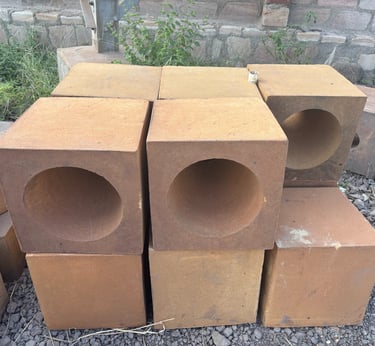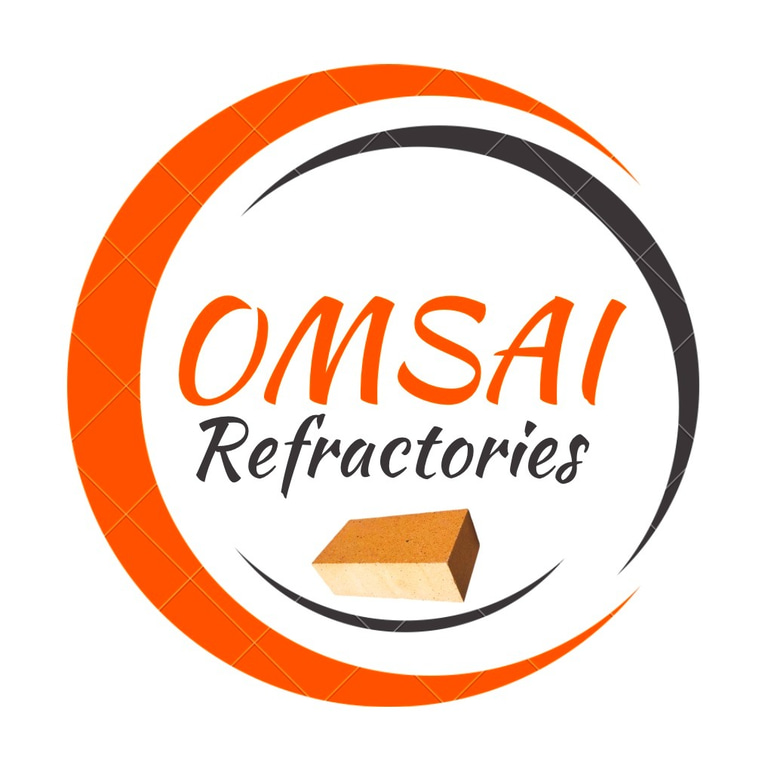

Gallery
Explore our work, products, and expertise through the visual highlights in our gallery. At OM SAI REFRACTORIES, we believe quality is best shown, not just told. Our gallery features real photographs showcasing our refractory materials, on-site installations, furnace lining work, product deliveries, and industrial projects across various sectors.
From fire bricks and castables to boiler & furnace lining projects, every image reflects our commitment to precision, durability, and customer satisfaction. These visuals demonstrate the strength of our products and the skill of our technical team.
Whether you want to understand our manufacturing quality, installation capabilities, or industry experience, this gallery gives you an inside look at the high standards we maintain in every project.
